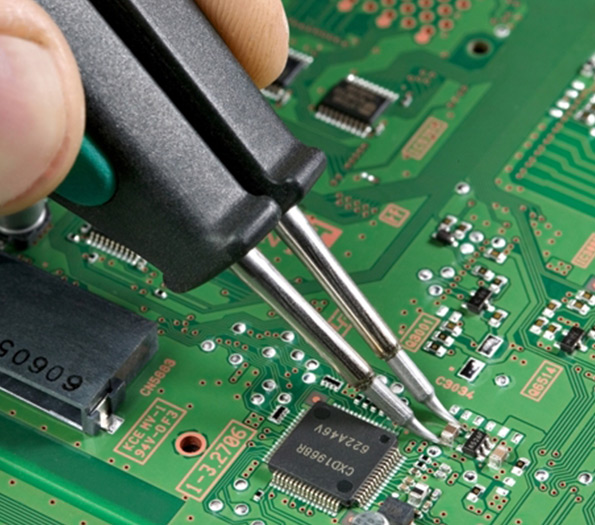

Understanding Tempered Glass Strength, Safety, and Versatility
Tempered glass, also known as toughened glass, is a high-strength glass product made by heating ordinary glass to over 600 degrees Celsius and then rapidly cooling it. This process significantly enhances the glass’s strength and safety features, making it an ideal material for various applications.
One of the standout characteristics of tempered glass is its impressive strength. It is up to five times stronger than standard glass of the same thickness. This remarkable durability allows it to withstand considerable impacts and thermal stresses, reducing the likelihood of breakage. In environments where safety is a paramount concern, such as commercial buildings and public spaces, tempered glass is often the preferred choice.
Understanding Tempered Glass Strength, Safety, and Versatility
In addition to safety and strength, tempered glass is also aesthetically pleasing. It comes in various finishes, including clear, frosted, and tinted, allowing architects and designers to incorporate it into their projects seamlessly. Its ability to allow natural light while providing substantial thermal insulation enhances the appeal of buildings while reducing energy costs.

The versatility of tempered glass extends beyond architectural applications. It is widely used in furniture, such as glass tabletops, cabinet doors, and display cases. Its strength ensures that it can handle daily wear and tear, while its clean, modern look complements a range of interior design styles. Moreover, tempered glass is increasingly being used in automotive applications, replacing traditional windshields and side windows due to its enhanced safety features.
Manufacturers have developed various methods to further treat and finish tempered glass, including additional coatings for UV resistance or reflective properties. These innovations increase its application range and enhance its performance, especially in facade designs where energy efficiency and aesthetics are essential.
Despite its numerous advantages, there are also considerations to keep in mind when working with tempered glass. Cutting or altering tempered glass after it has been manufactured is not feasible; any modifications must be done before the glass is tempered. Additionally, while tempered glass is incredibly strong, it can still be subject to breakage under extreme conditions, such as powerful impacts or drastic shifts in temperature.
In conclusion, tempered glass stands out due to its strength, safety, and versatility. As technology advances and building designs evolve, the use of tempered glass is likely to become increasingly common. Its applications range from architectural designs to furniture and automotive industries, highlighting its adaptability. For those seeking a durable and attractive glass solution, tempered glass is undeniably a worthy investment.